A character is a tool that helps you tell your story. Character designers work hard to make great characters memorable. A well-designed character makes a lasting impression on the audience, whether it’s a character from television, video game, or a movie.

The protagonist should have a unique personality that should also be visually stimulating, which makes the audience connect. Character design is a complex process, with ample room for growth. Each piece of art focuses on being prepared with unique technicalities kept in mind, starting from the shape to the character, then emotion, back story, colors, and attitude.
Illustration Courtesy of Nikita Solovyov
Every artist has their own style, but being able to make and break different molds of designs reflects the work of a good character designer. It is essential to be adaptable by blending into different styles of work, which helps an artist grow. The essence of the art of character designing is to hone an individual's sense of style, which relies on intrinsic motivation and practice.
What is Character Design & Creation Process
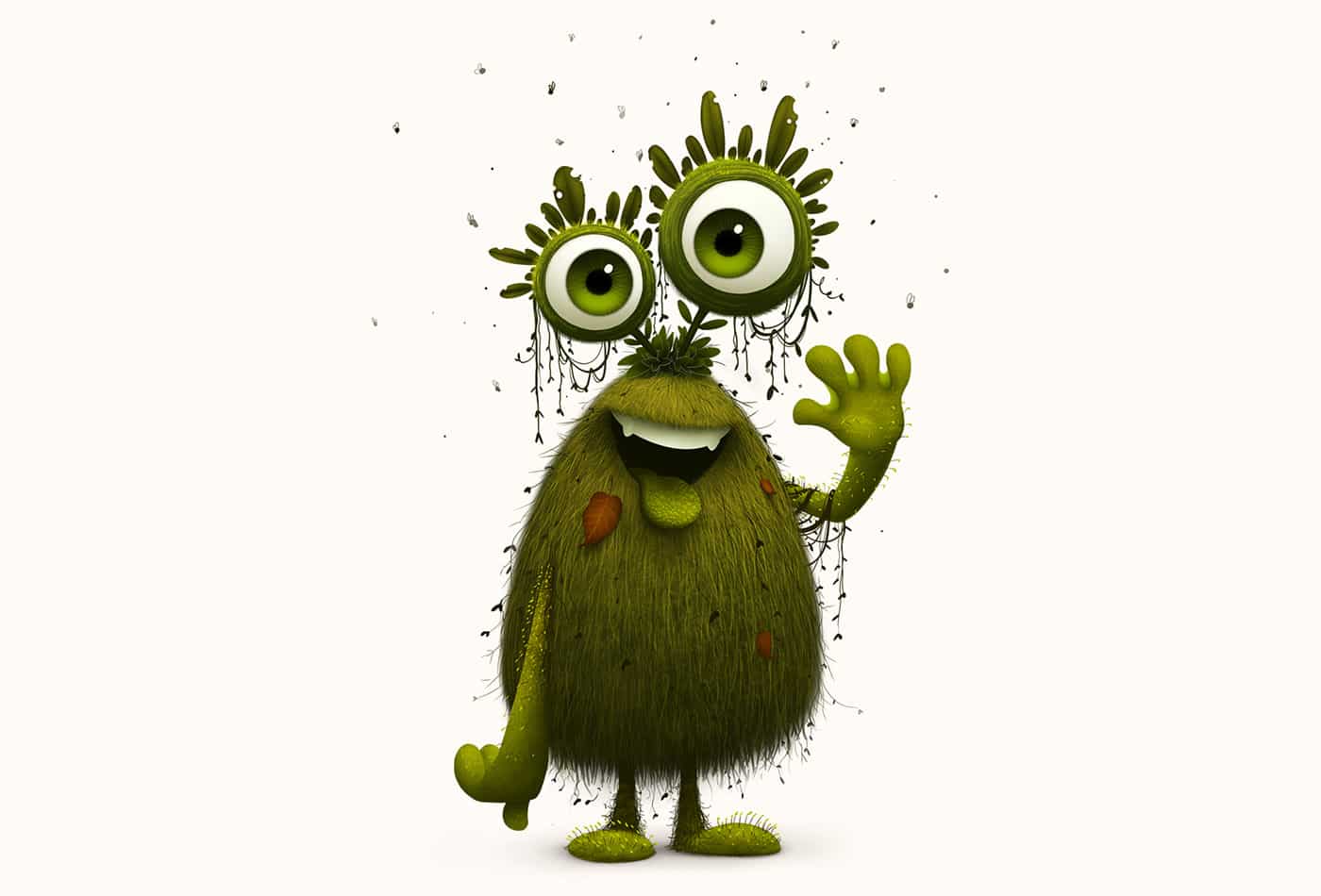
Here is a list of 14 tips for creating a character design:
1. Focus on your subject idea
You might think that you know enough about your subject, by just reading the description. But that is not correct because serious research is the only way to present your ideas in the original light. If you try and neglect the research aspect of creating the character then it will be reflected in your work.
The focus should be on learning every aspect of your character, and not just the anatomy. The quality of your design will improve with a higher amount of time that you invest in learning about the subject. Avoid rushing and instead persevere, because as you keep practicing the design, it will get better eventually.
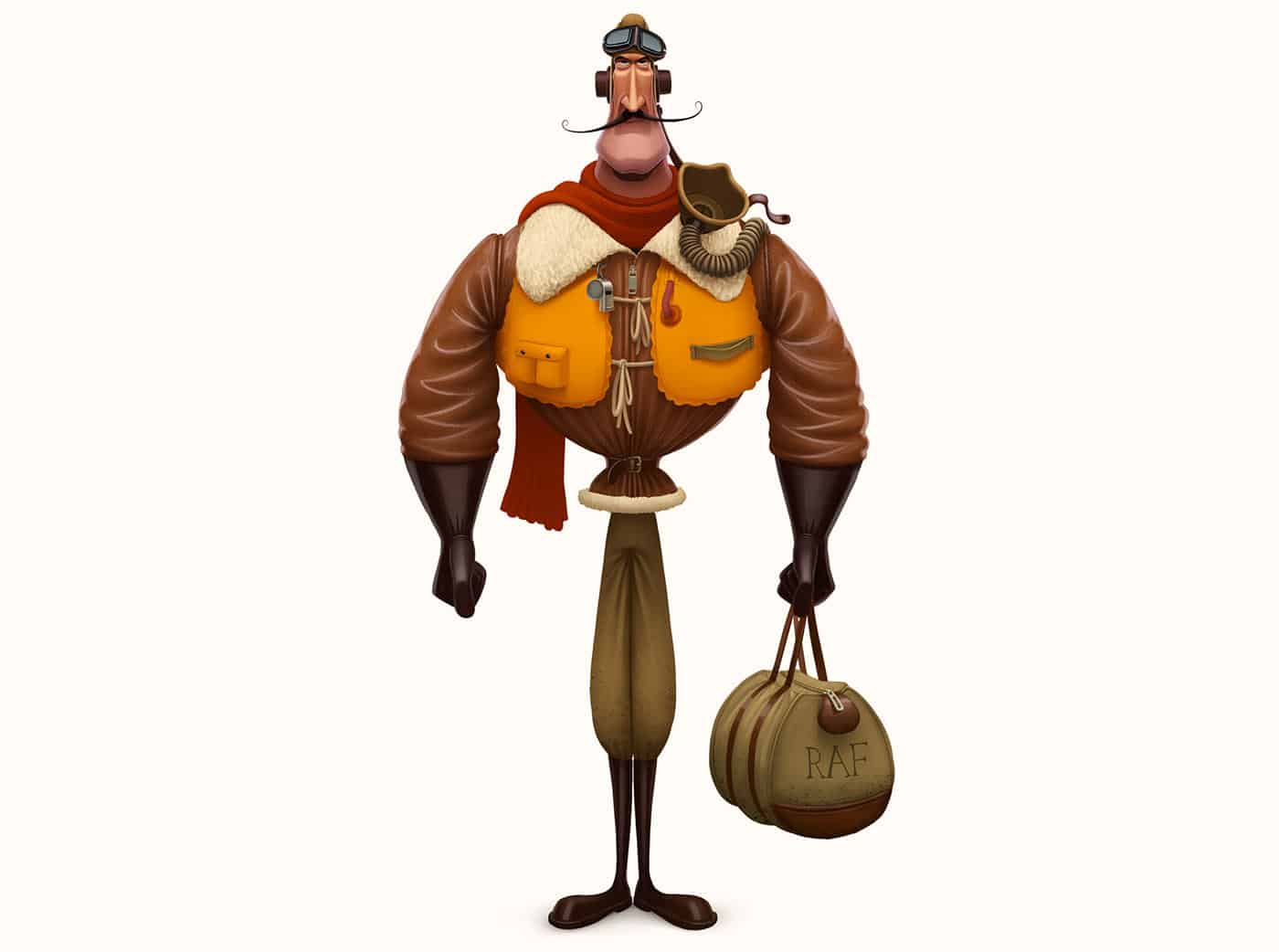
2. Character
When we say character, it is not just about the description of the physical aspects such as their age, occupation, gender, and body structure. But the primary focus needs to be on the psychological aspects of your characters such as their mood, personality, and motivation traits. To get the design perfect, you cannot afford to focus only on the physical aspects but instead, look at the situation from the characters point of view.
Once you have completed your design get someone to give you feedback, and don’t tell them the plot. Instead, you should be asking them to say what are the emotions that the character is reflecting. In this way, you will understand whether you have met the character descriptions of the assignment given to you or not.
You need to consciously, understand the emotion and the character of each piece that you are trying to create. Instead of just doodling around, you need to focus on the persona of the character. Otherwise, you will be wasting a lot of time, and the character design will not turn out to be perfect.
Keep challenging yourself to get the emotions right in your character; it helps to conquer your limitations and makes you advanced in your field instead. Focus on the back story to understand how the subject has come to existence, rather than the generic emotion at present.
When you give priority to understanding where your character has come from, and whether they have faced any life-changing events, it helps to solidify the ground that you’re trying to present. All these factors will help you understand what the attire, the emotions, and the body language should be for the character.

3. A good silhouette
A silhouette is a black shape, which is the outline of your character. It is vital to ensure that your silhouette is readable, irrespective of whether it’s a simple and basic design or a highly complex illustration.
When you’re trying to create a silhouette you need first to understand how their posture can help you emphasize the emotion of the character. Ensure that the limbs are not overlapping, and they are separate. If there is a time when you are not happy with the posture of the character, then your first approach should be to look into your silhouette.
You should create the design in such a way that it allows you to reflect the characters actions, attire, gender, and age. You need to convey these things in the absence of any color, lighting, details of an individual's features, or a shadow. It might be impossible sometimes to create entirely distinct shapes, but your goal should be to develop key poses that will tell your story.
By the end, you need to create a design that does not require any explanation as it will get conveyed through your image. You need to be able to feel the pose and accordingly push your creativity to make a design which can tell the story in an effective manner.
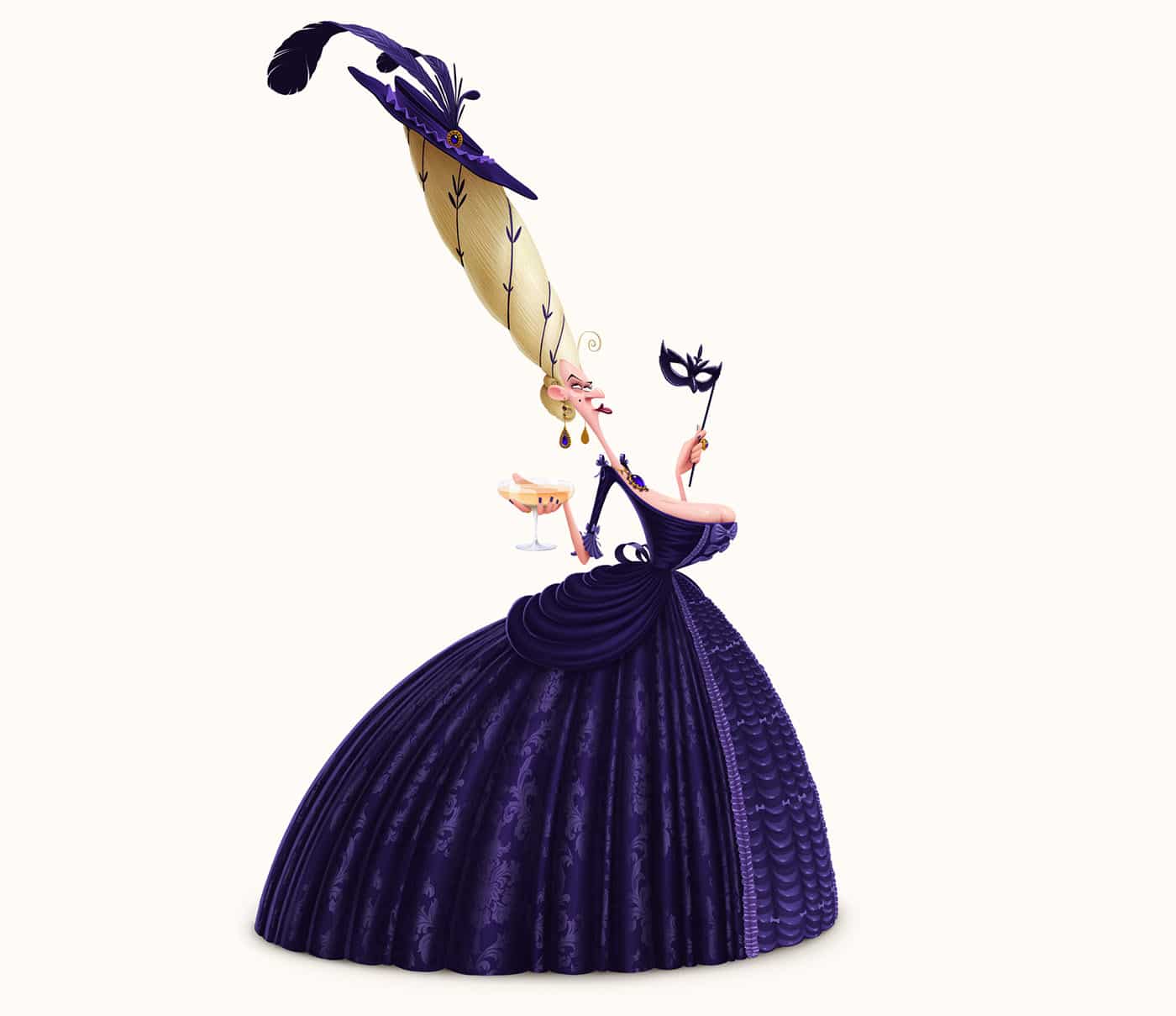
4. Posture
Getting an attitude in the right place will make the character design stand out. The pose of your character and their expressions play a huge role. Getting active poses is essential to understand how the body is balanced.
The essence of the character will be clear from their poses, which showcases their personality. To get the poses right, you need to know the nature of the character well. For example, hyperactive characters will have wild, expressive, and bold poses; they might be kicking their legs out and running around with excitement.
Even when a character is standing still, they have a form of expressing themselves, creating the right posture reflects their personality. While drawing the pose, you need to try out different angles before finalizing on one. Choose the pose, which any person can draw and appears the same from all the different angles.
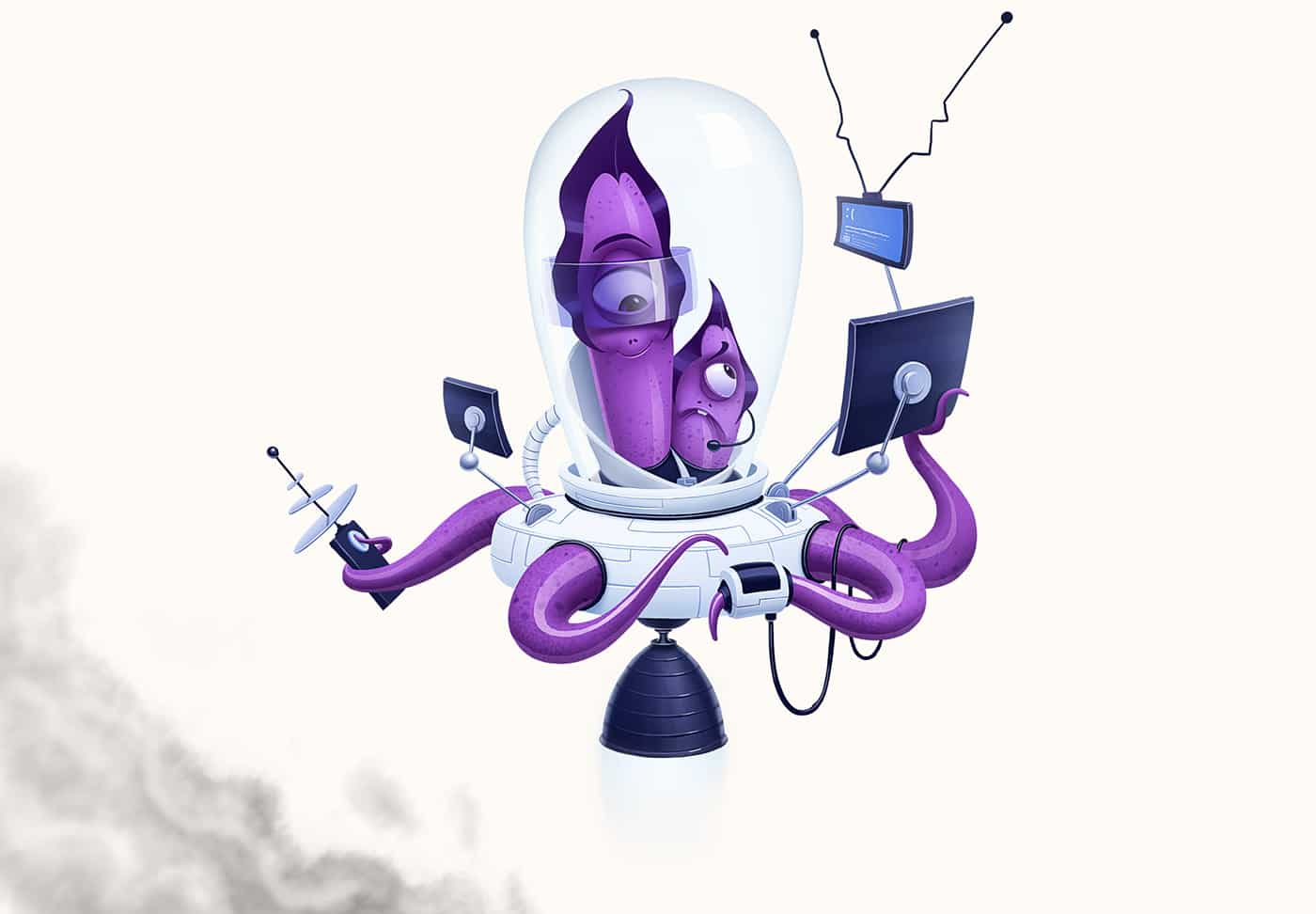
5. Line of action
This aspect helps to understand the direction and force of movement. It is an invisible line, which shows the audience the motion of the body. You can create dynamic and expressive imagery when there is a motion line showing a powerful action.
When you create an active line of action, then it also complements the character's posture. Even if a character is sitting down, there will be a particular arc which helps to understand their present situation and behavior. Movements should be the primary focus when you start making the design, following which the other details (emotions, color, and attire) will eventually be drawn into place.
Try practicing different facial expressions in front of the mirror, and watch how each part of the face changes as you evoke mixed emotions. It will help you to a great extent to draw the lines on the face correctly. You need to understand the situation and the plot in detail to be able to present your character distinctly.
6. Role of color
Choosing the right color is essential to showcase the personality of the character. For instance, a subject who is adventurous and a risk taker is shown in red, while a character who is calm, empathetic, and caring can be shown in blue. In the movie, Finding Dory the portrayal of colors with their primary characters has been shown correctly, this helps to connect with the audience.
While selecting a palette, you need to ensure that there is a contrast between the chosen colors. As you start creating a palette, start with the primary colors (blue, yellow, and red), then focus on the secondary and tertiary colors. It is also essential for you to understand the relationship that exists between different colors as it helps to maintain the balance.
Do not put in too much of color, as it distracts the viewers. Some of the famous characters like Winnie the Pooh, Scooby Doo, Dexter and Donald Duck have very few colors used on them. Each color has a different connotation in character design. In general, dark colors portray the evil characters, while good fellows are associated with light colors.
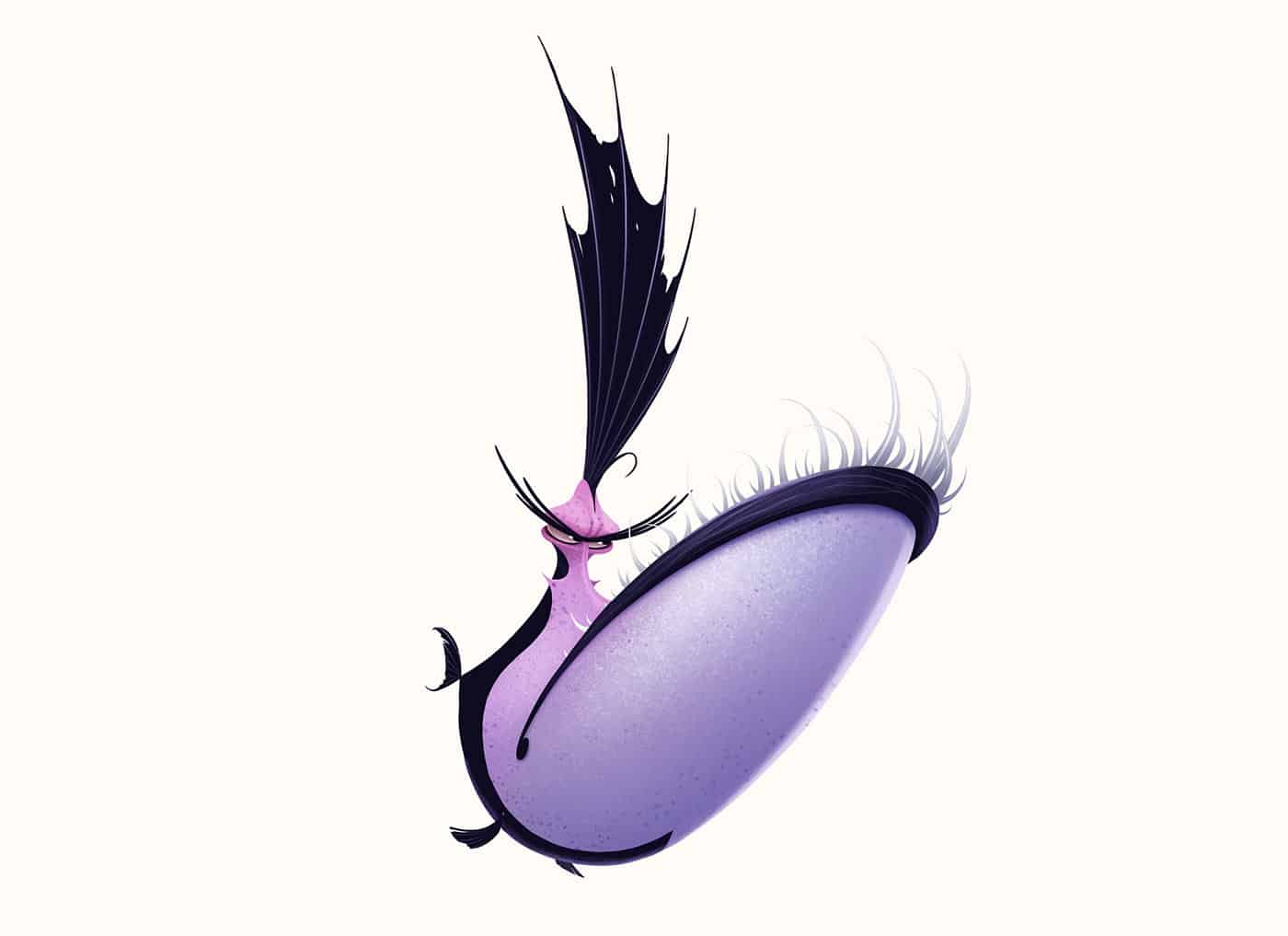
7. Attitude and accessories
It is important to portray the character in the correct frame of attitude. There should always be an element of personal truth to the character so that the audience can relate to the situation.
The importance of accessories also helps the artist to bring out the attitude of the character. The balance should be done very carefully, as they can complement each other. There should also be a proper focus on the background of the character. If a character belongs to an impoverished environment, then the artist will probably make the character wear shabby clothes. On the other hand, if a character is from a wealthy background, they might be wearing the right amount of jewelry.
Getting to portray the correct attitude of the character is crucial. The attitude should be shown in such a way that it can convey the character's personality in an expressive and relatable manner. The attire also helps to show their personality and mood, while the characters have also been remembered for their accessories. For instance, the square pants of Spongebob then the long cape of Elsa from Frozen.

8. Shapes
The characters should be recognizable, even from the shapes, so it is important to keep them exciting. You can experiment with shapes; artists usually use smooth and round shapes for the friendly characters while sharp angles can be used for the edgy character. The focus should also be in creating simple shapes, and they should be recognizable.
9. Audience
As you create a character, you need to think about your audience. If your audience is children, then your designs should focus around primary colors and basic shapes. You need to break down the core features of the characters and their personality, which will further help you make the designs. If your character is big and muscular then highlight their big muscles, it helps the persona of the character to stand out.
You need to understand how to make your characters unique, to attract your audience to the storyline. If you can relate to your audience than you will be able to create the ideal personality that they will be excited to watch.
10. Keep it simple
Even if the entire character design is intricate, but you need to ensure that each you can break down each part of the work efficiently. It is evident that when you are creating this piece of art, there is a ton of trial and error, but once you present it, the design should appear simple for the audience.
While making the design, you need to keep practicing the same characters several times. If the design is too complicated for you to create than it is a clear rejection, it can appear intricate altogether, but the character needs to be readable and easy to develop for even a toddler. Make sure that you avoid patterns that are too elaborate because it will be difficult to duplicate.
11. Exaggerate Defining Features
No matter what the character might portray, but you have to exaggerate the features that define them. The use of this technique in animation does not tend to look absurd, and you have the liberty to push things by showing exaggerated emotions. For instance, the role of Johnny Bravo is shown as a cool and energetic character; hence, he was given those oversized muscles and sunglasses.
12. Keep the character Unique!
You need to focus on creating a unique character. With that said, focus on the size of the character's eyes, the shape of their nose, the neck, posture, height, their limbs, and their ears to make a design that is relatable and unique for the audience.
We do not advise you to focus on their accessories, hair or attire as such a trend can change with time. But it is the main traits of the character that you should focus on, as this will help you to personalize their body shape.
13. Research
It is important for you to research on your subject, to understand the elements of the character's anatomy that needs to be played down and the ones that need exaggeration. Research also helps you to learn about the different ways to give your character more depth. The focus should be on creating a design through which the characters entire personality is reflected.
If there is any particular design that you are not able to get right, then the internet is your dictionary. Look up online to see the different images that were made before, to find your inspiration. Research not only helps to get your creative thinking fuelled up, but it also shows you how to get designs done correctly.
Every character has been previously inspired by a single idea, no matter which character we keep in focus. For instance, E.C. Segar, who is the creator of Popeye, has based his character in real life local sailor man from his hometown known as a bruising fighter. Who had once fought with five men and he came out victorious even without a can of spinach. The character resemblance is evident with their bald heads and their strong fondness for the cigar.
To mold each version of your character, you need to do a significant amount of research. It helps to create a completely authentic design. For instance, if a character belongs from Japan, then an appropriate amount of study needs to be done to understand the environment, and the local culture to be able to portray the character in the right setting.
14. Feedback
Get feedback for the design that you are creating; this is not for learning whether the other person likes your designs or not. But this gives you the ability to emphasize the gaps that are present and to understand if the audience can relate to it or not. In the process of creating a great piece, you have to follow the worth of feedback while every criticism should be acted on to make the character evolve.
Getting constructive feedback helps to remove the guesswork out of your design. However, you also need to analyze your work critically; take a break, and then get back to see the same piece. It is an exhilarating experience as you will be a better judge for the character you are trying to design, and the gaps will be filled in correctly with a fresh mind. It works to your benefit by training you to develop a right eye for design.
Final Words
In the end, every story is complete only when its characters are strong and continues to move towards a specific goal. Use this guide to create your exciting new character design. Always remember that great artists are born only when they borrow ideas from different places, but twist it to make it their creation!
